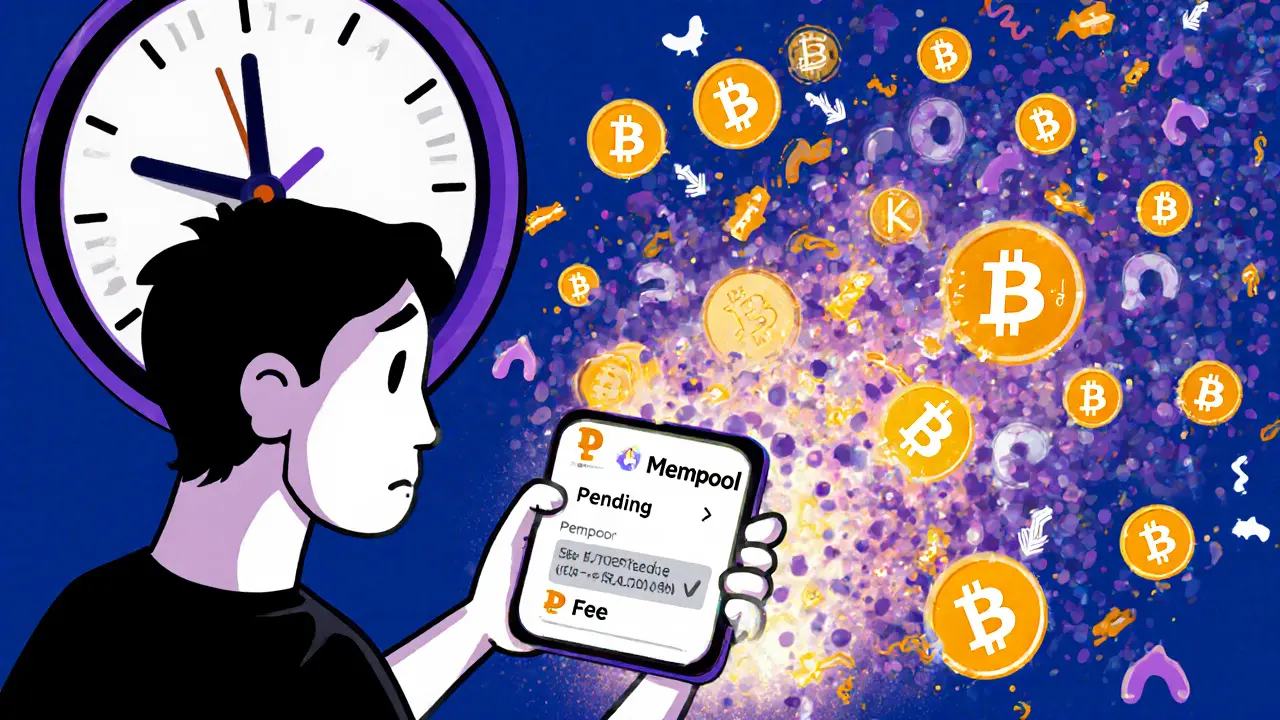Blockchain Fees Explained: What They Are, Why They Matter, and How to Avoid Overpaying
When you send crypto, you're not just moving money—you're paying for space on a blockchain, a distributed ledger that records transactions across many computers to ensure security and transparency. Also known as distributed ledger technology, it's the backbone of Bitcoin, Ethereum, and thousands of other coins. But every time you send a transaction, you pay a fee. These aren't optional. They're the cost of getting your transaction confirmed and added to the chain. And these fees? They can swing wildly—from pennies to over $50—in just a few hours.
That’s because blockchain fees, the cost paid to miners or validators to process and secure transactions on a network aren’t set by a bank or company. They’re set by supply and demand. When the network gets busy—like during a popular airdrop or a price surge—everyone tries to get their transaction through first. So you bump up your fee to compete. That’s why you see spikes in gas fees, the unit of measurement for computational effort on Ethereum and similar blockchains on Ethereum. But it’s not just Ethereum. Even networks like Solana or BNB Chain have fees, and they can still surprise you if you’re not paying attention.
Here’s the thing: most people don’t realize how much they’re losing to these fees. You buy $100 worth of a token, pay $8 in gas to swap it, then another $6 to send it to your wallet. That’s 14% gone before you even check the price. And if you’re doing this often—trading, staking, claiming airdrops—it adds up fast. That’s why understanding how fees work isn’t just helpful—it’s essential to keeping more of your money. Some networks, like Polygon or Arbitrum, cut fees by using layer-2 tech. Others, like Bitcoin, stay slow and expensive because they prioritize security over speed. And then there are chains like Solana, where fees are low but the network can crash under pressure. Each choice has trade-offs.
You’ll see this play out in the posts below. Some cover how Kazakhstan’s energy crisis forced mining changes that impacted transaction costs. Others show how Pakistan’s banking ban pushed millions to use crypto not because it’s trendy, but because it’s cheaper than banks. You’ll find reviews of exchanges like VirgoCX and COEXSTAR that list their withdrawal fees, and deep dives into how Merkle Trees help reduce data load—making blockchains more efficient and indirectly lowering costs. There’s even a post on 2FA bypass attacks, because if your wallet gets hacked, no fee structure matters. These aren’t random articles. They’re all connected by one truth: blockchain fees aren’t just a technical detail. They’re a financial decision. And if you don’t get them right, you’re leaving money on the table—or worse, getting scammed trying to avoid them.
